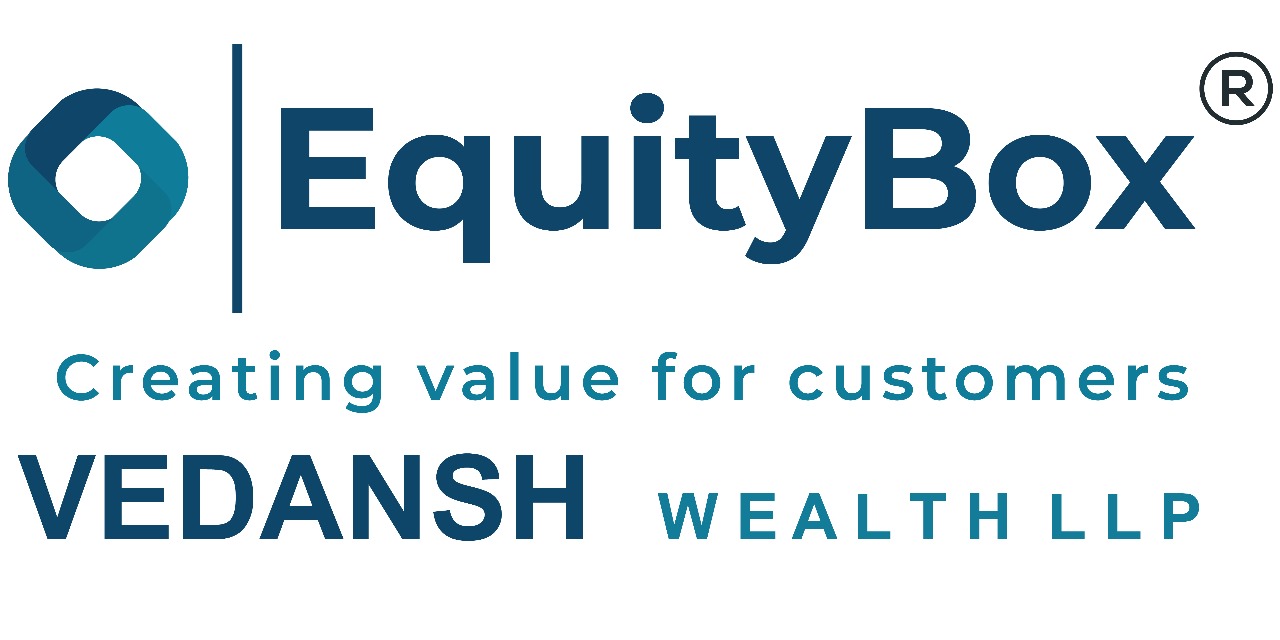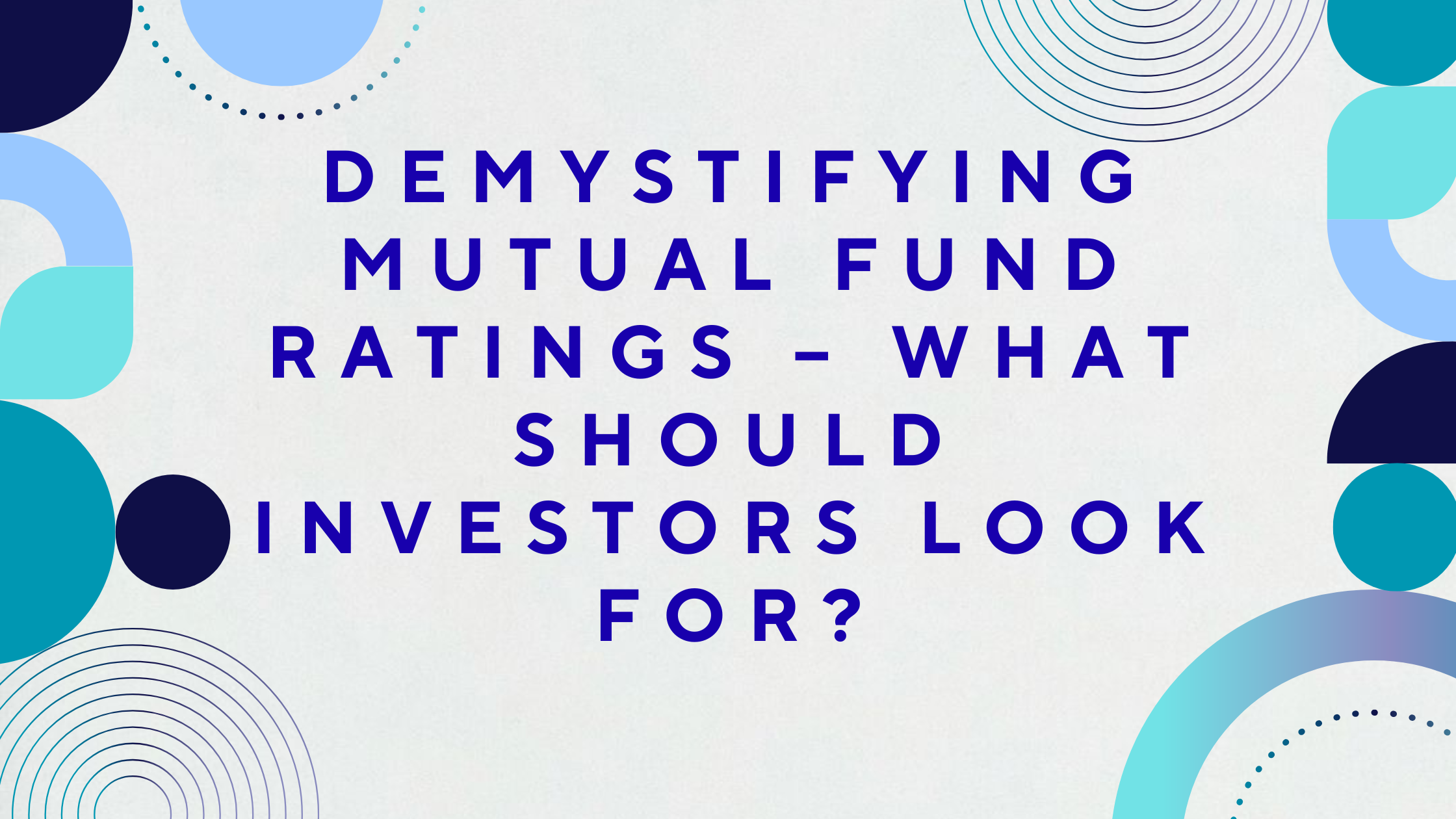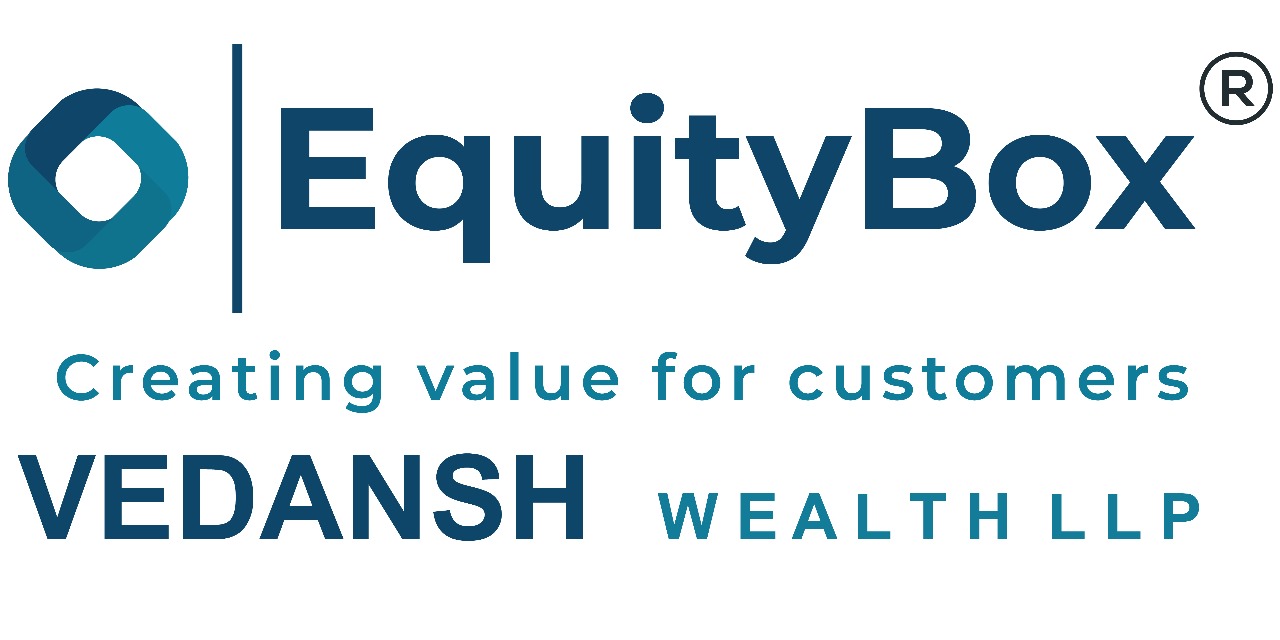Introduction
Mutual fund ratings are often treated as shortcuts to smart investing. A 5-star rating sounds attractive, but what do those stars actually represent? Do they guarantee returns or reflect something else entirely?
At Equity Box, we believe investors deserve clarity. Let’s unpack the meaning of mutual fund ratings and understand what truly matters when choosing the right fund for your financial journey.
What Are Mutual Fund Ratings, Really?
Mutual fund ratings are issued by agencies like Morningstar, CRISIL, and Value Research, aiming to help investors compare funds. These ratings usually consider multiple factors—such as historical returns, volatility, risk-adjusted performance, portfolio strength, and consistency of the fund manager.
However, it’s crucial to remember:
Ratings are comparative, not absolute.
They reflect past performance, not future potential.
They can change frequently based on updated data.
A top-rated fund might not align with your financial goals or risk appetite.
What Should Investors Actually Look For?
Prior to choosing a mutual fund, consider the following important factors:
1. Your Financial Objectives
Are you saving for retirement, a child’s education, or long-term wealth creation? Different types of funds and time frames are required for each goal.
2. Risk Tolerance
Higher-rated small-cap funds may offer strong returns—but with higher risk. Know your comfort level with market fluctuations before choosing such options.
3. Long-Term Performance
Don’t chase short-term stars. Evaluate how a fund has performed over 5+ years, across both bull and bear markets. Stability over time is key.
4. Cost and Expense Ratio
Every fund charges a fee. A lower expense ratio ensures more of your money stays invested and compounds over time.
5. Investment Portfolio
Review where the fund invests. A well-diversified portfolio across sectors and quality companies is generally safer than concentrated bets.
6. Fund Manager Expertise
An experienced fund manager with a solid track record can make all the difference, especially in volatile market conditions.
7. Exit Loads and Terms
There are funds that levy an early withdrawal fee. Always check the exit load structure and lock-in period to avoid surprises.
Conclusion
Mutual fund ratings are useful, but they are only one part of the decision-making process. Don’t rely solely on the number of stars. Instead, focus on what aligns with your financial goals, investment duration, and risk profile.
At EquityBox, we help investors see beyond the surface and make confident, well-informed choices. Whether you’re starting your SIP journey or building a long-term portfolio, we’re here to guide you every step of the way.
Choose wisely. Invest smart. Grow with EquityBox!.




